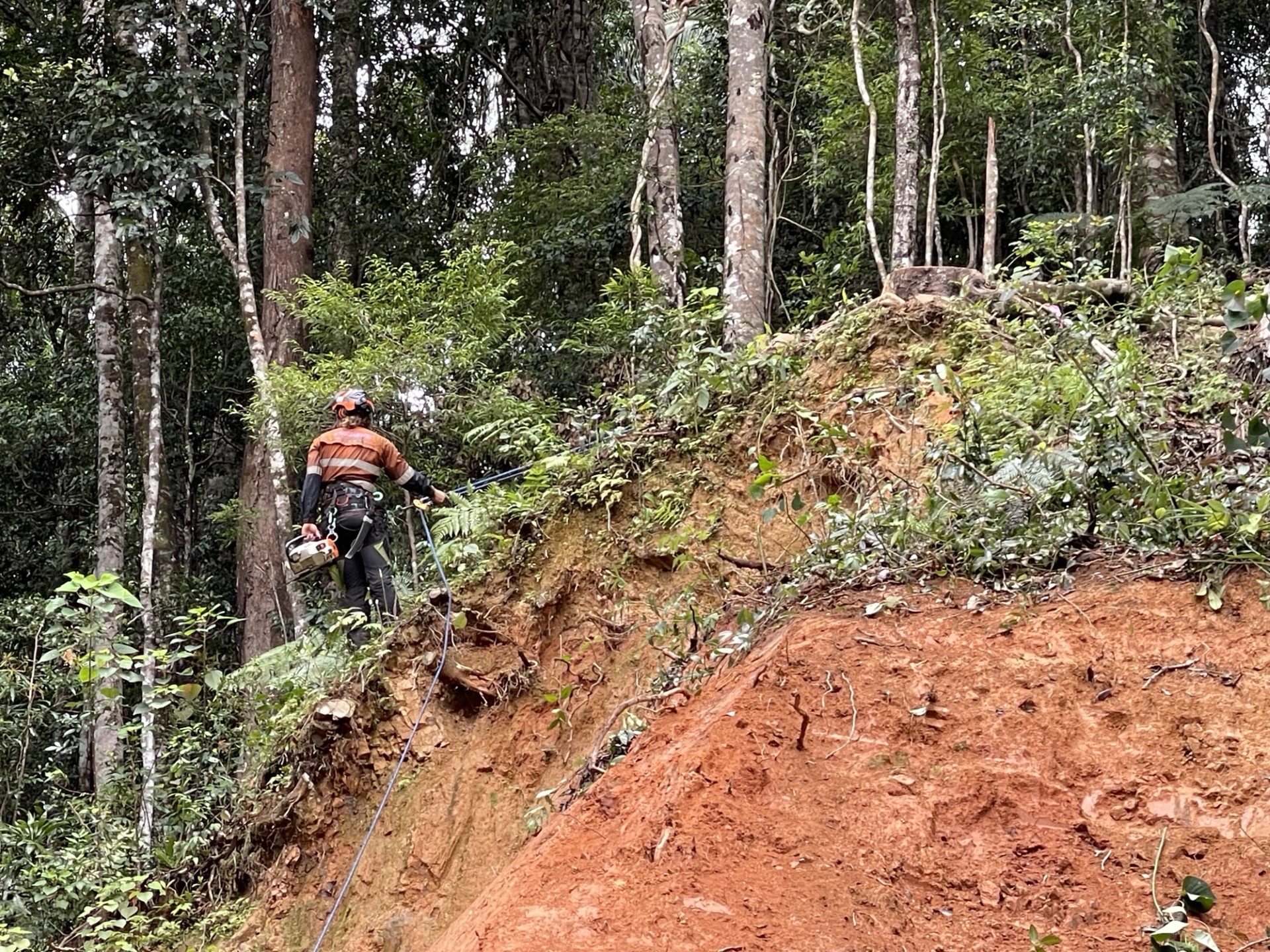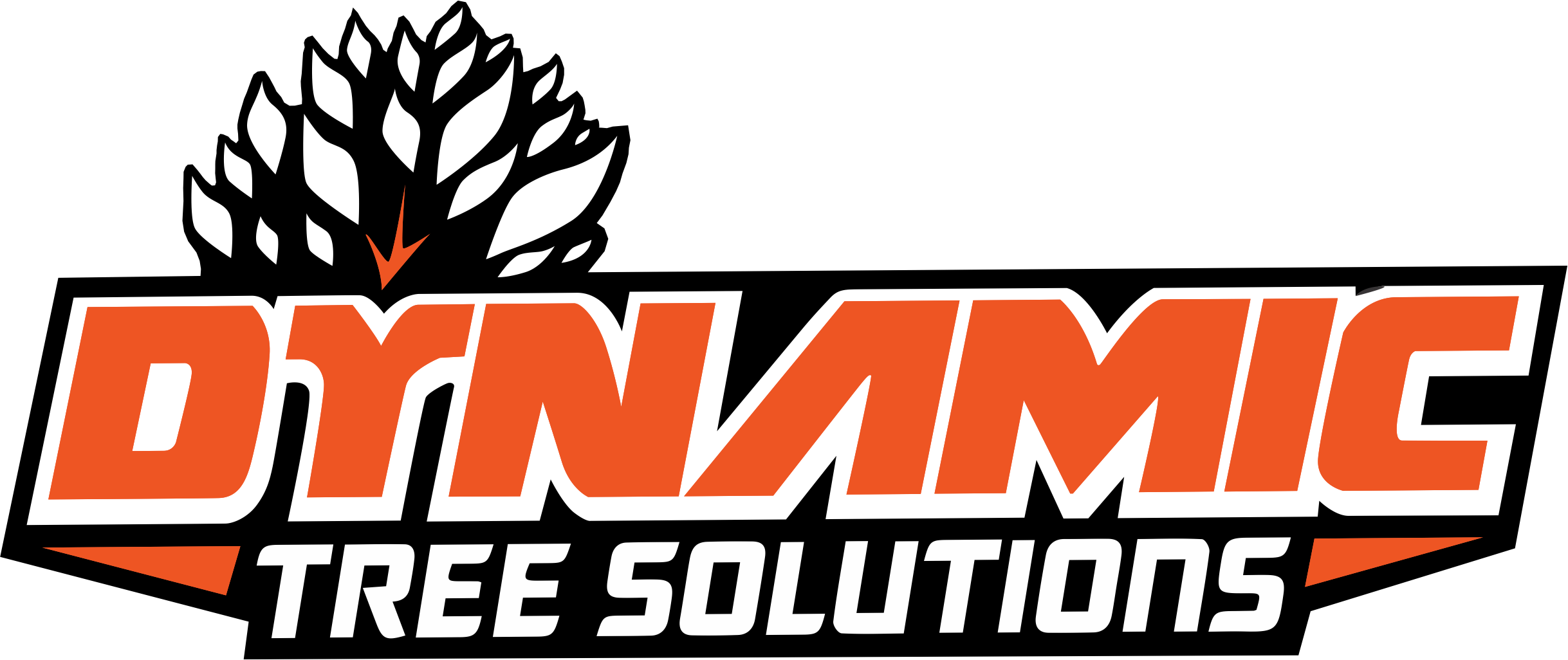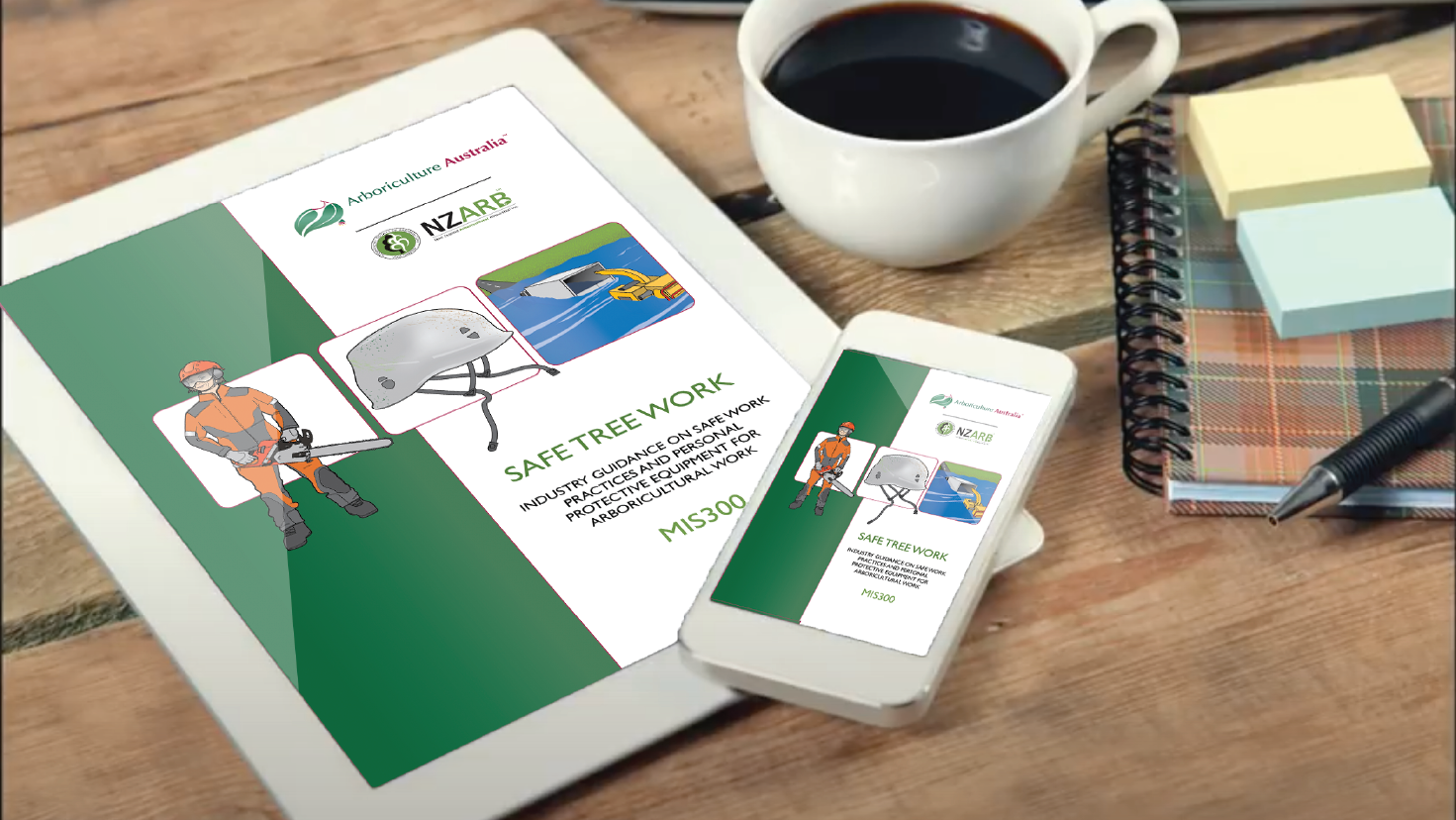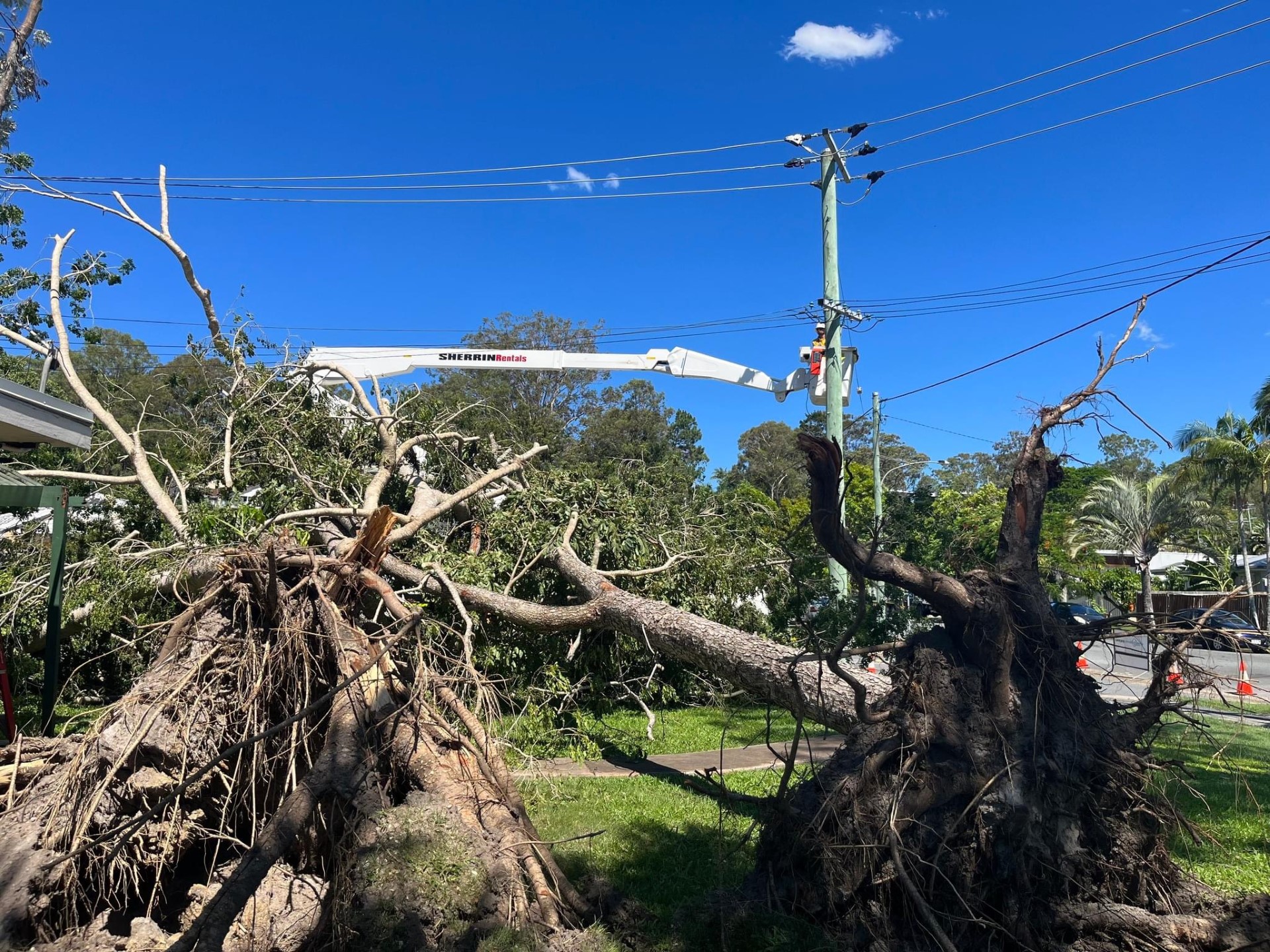
Table of Content:
- Landslips and Uprooted Trees Navigating Roadside Clearing Safely
- the Challenge of Landslips and Uprooted Trees
- Assessing the Risk and Immediate Response
- Understanding Local Regulations and Compliance
- Effective Strategies for Roadside Clearing
- Assessment and Planning
- Utilizing the Right Equipment
- Ensuring Safety During Clearance
- Restoring Stability and Safety Post-Clearance
- Post Clearance Evaluation
- Soil Stabilization and Erosion Control
- Revegetation and Landscape Recovery
- Proactive Measures for Landslip Prevention
- Identifying Risk Factors
- Regular Maintenance and Monitoring
- Implementing Structural Solutions
Landslips and Uprooted Trees: Navigating Roadside Clearing Safely
When nature unleashes its fury, the aftermath often includes landslips and uprooted trees, especially along roadways. These natural occurrences can pose significant risks to public safety and property. In this comprehensive guide, we delve into the complexities of managing landslips and uprooted trees, with a focus on roadside clearing. Drawing on the expertise of Dynamic Tree Solutions, we will explore the best practices, safety measures, and legal considerations involved in this challenging task.
The Challenge of Landslips and Uprooted Trees
Landslips, often triggered by heavy rainfall or environmental changes, can cause substantial destabilization of land, leading to uprooted trees and blocked roadways. These incidents not only disrupt daily life but also pose hazards to drivers and nearby properties. Understanding the scope of these challenges is the first step in addressing them effectively.
Assessing the Risk and Immediate Response
Upon encountering a landslip or an uprooted tree, the initial step is to assess the risk it poses to public safety and infrastructure. Quick and effective response is crucial. In such scenarios, the expertise of certified arborists is invaluable in evaluating the stability of the area and planning the safe removal of trees and debris.
Understanding Local Regulations and Compliance
Before undertaking any roadside tree clearing or intervention in landslip areas, it’s essential to be aware of local council regulations. These rules can vary significantly, depending on the location. For residents and property owners in the Brisbane area, familiarizing yourself with the Brisbane Council Tree Regulations
is a necessary step in ensuring compliance with local laws and guidelines.
In the next section, we will delve deeper into the strategies for managing landslips and uprooted trees, focusing on effective and safe clearing techniques. To learn more about the professional services offered by Dynamic Tree Solutions in dealing with such natural occurrences, visit our Heavy Clearing Arborist Brisbane and Natural Disaster Response Service pages.
Effective Strategies for Roadside Clearing
Dealing with the aftermath of landslips and uprooted trees requires a strategic approach. It involves assessing the area, planning the clearance, and executing the removal process with precision and safety. Here, we outline the key strategies employed by professionals in managing these challenging scenarios.
Assessment and Planning
The first step in any clearance operation is a thorough assessment. This process involves evaluating the stability of the land, the condition of the uprooted trees, and any potential risks to nearby structures or passageways. Once the assessment is complete, planning the clearance operation is crucial. This includes determining the necessary equipment, manpower, and safety precautions required.
Utilizing the Right Equipment
Effective roadside clearing, especially in the case of landslips, demands the use of specialized equipment. Dynamic Tree Solutions is equipped with the necessary machinery and tools to handle such situations. From chainsaws for cutting uprooted trees to heavy machinery for moving large debris, the right equipment is essential for efficient and safe clearance.
Ensuring Safety During Clearance
Safety is paramount in any tree-clearing operation, particularly in unstable landslip areas. Professionals at Dynamic Tree Solutions adhere to stringent safety protocols, including the use of protective gear, secure operation of machinery, and adherence to local safety regulations. The safety of our team, the public, and the surrounding property is always our top priority.
Executing a successful clearance operation requires experience, expertise, and the right tools. In the next part of this series, we’ll discuss the importance of post-clearance evaluation and restoration, ensuring that the area returns to a safe and stable state. For detailed information on our clearing services, visit our Heavy Clearing Arborist Brisbane page.
Restoring Stability and Safety Post-Clearance
Once the immediate threat posed by landslips and uprooted trees is mitigated through effective clearing, the focus shifts to post-clearance evaluation and restoration. This phase is critical to ensure the long-term stability and safety of the affected area.
Post-Clearance Evaluation
After clearing the debris and uprooted trees, a thorough evaluation of the area is necessary. This evaluation aims to assess any remaining risks, such as unstable soil or potential for further landslips. Experts from Dynamic Tree Solutions conduct detailed inspections to identify any such risks and determine the next steps for restoration.
Soil Stabilization and Erosion Control
Landslips often leave the soil in a vulnerable state, prone to erosion. Implementing measures for soil stabilization and erosion control is a key aspect of post-clearance restoration. Techniques such as re-vegetation, the use of retaining structures, or erosion control fabrics can be employed to stabilize the area and prevent future landslips.
Revegetation and Landscape Recovery
Revegetation is not only essential for soil stabilization but also for the ecological recovery of the area. Selecting appropriate plant species that can thrive in the affected environment and contribute to the stability of the landscape is crucial. Dynamic Tree Solutions offers expertise in choosing the right plants and implementing effective revegetation strategies.
In the final part of our series, we will explore the long-term strategies for landslip prevention and management, highlighting the importance of proactive measures and regular maintenance. For expert advice on tree management and landscape recovery, visit our AQF Cert 5 Arborist Specialists Brisbane
page.
Proactive Measures for Landslip Prevention
Preventing landslips and the resulting damage from uprooted trees requires a proactive approach. Understanding the contributing factors and implementing preventive measures can significantly reduce the risk of future landslips, especially in areas prone to such natural occurrences.
Identifying Risk Factors
The first step in prevention is identifying the potential risk factors that could lead to landslips. These factors may include the slope of the land, soil composition, vegetation type, and drainage patterns. Professional assessments by experts like those at Dynamic Tree Solutions can provide valuable insights into these risk factors.
Regular Maintenance and Monitoring
Regular maintenance and monitoring of high-risk areas are crucial. This includes keeping an eye on the health and stability of trees, especially those on steep slopes or near roadways, and ensuring proper drainage to avoid water accumulation that could destabilize the soil.
Implementing Structural Solutions
In some cases, implementing structural solutions such as retaining walls, terracing, or drainage systems may be necessary to provide additional support and stability to areas prone to landslips. These solutions should be designed and installed by professionals, considering the specific needs and characteristics of the land.
Landslips and the dangers they pose, including uprooted trees and blocked roadways, require a comprehensive approach that encompasses immediate response, restoration, and long-term prevention. By understanding the challenges, adopting effective strategies, and engaging in regular maintenance and monitoring, we can mitigate these risks. For professional assistance and advice in all aspects of landslip management and roadside tree clearing, visit our Natural Disaster Response Service
and Heavy Clearing Arborist Brisbane pages.



